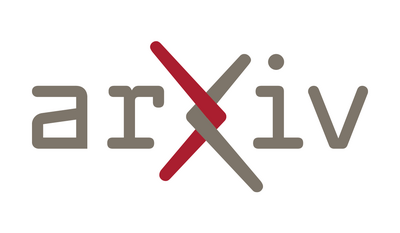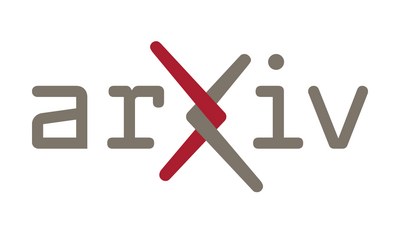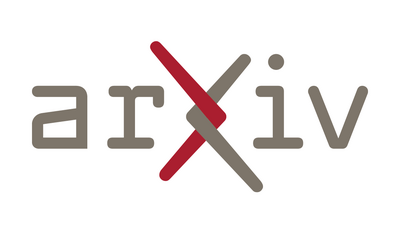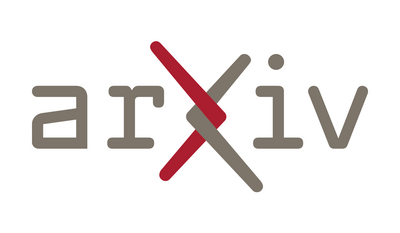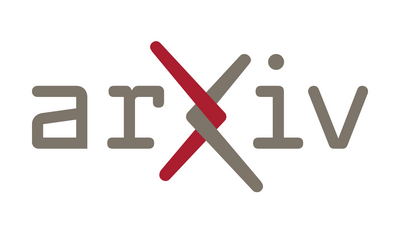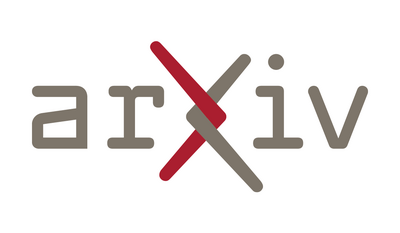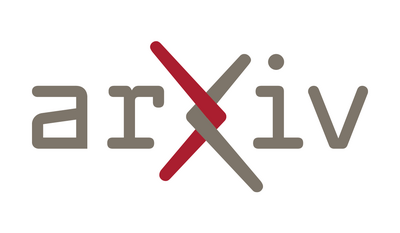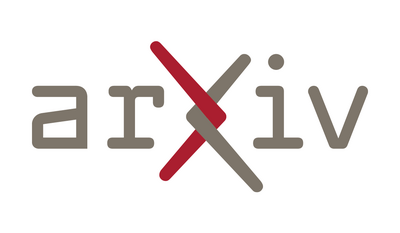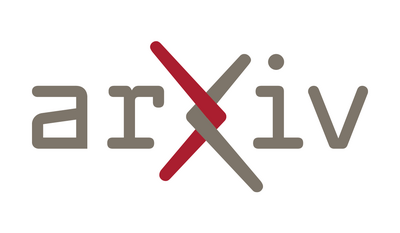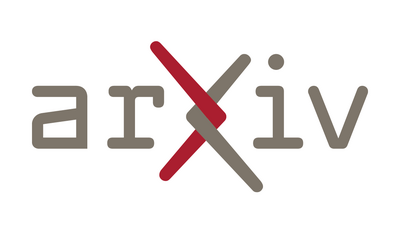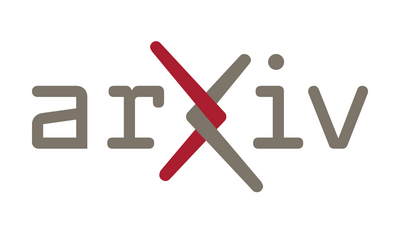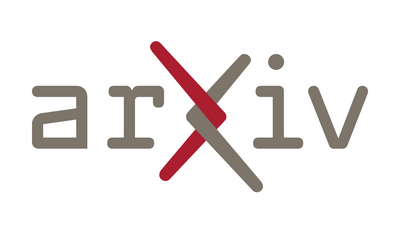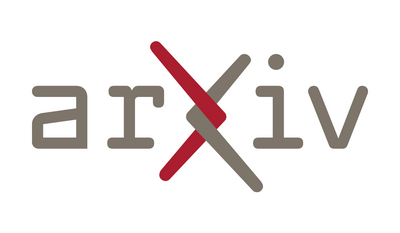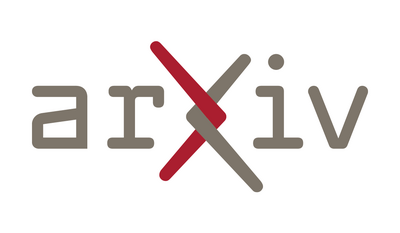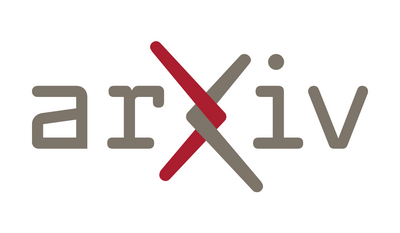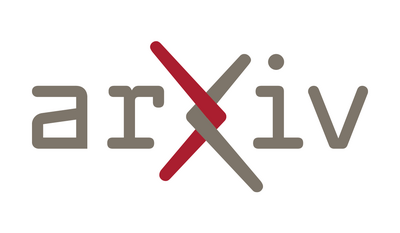
Optimal tables for asymmetric numeral systems https://arxiv.org/abs/2504.18541 #mathIT #cs.IT
Fourier and Helgason Fourier transforms for Vector Bundle-valued Differential Forms on Homogeneous Spaces https://arxiv.org/abs/2504.18543 #mathFA #mathDG #mathRT
Lecture Notes on Algorithmic Information Theory https://arxiv.org/abs/2504.18568 #mathIT #cs.IT #cs.LO
A Variant of Game of Sliding Coins https://arxiv.org/abs/2504.18606 #mathCO
Backward stochastic differential equations with nonlinear Young driver https://arxiv.org/abs/2504.18632 #mathPR #mathAP #mathCA
On the almost algebraicity of groups of automorphisms of connected Lie groups https://arxiv.org/abs/2504.18641 #mathGR
Quantitative cyclicity, stability, and geometric analysis in weighted Besov spaces https://arxiv.org/abs/2504.18644 #mathFA #mathDG
A Formula for the Pluricomplex Green Function of the Bidisk https://arxiv.org/abs/2504.18647 #mathCV
Performance Analysis and Experimental Validation of UAV Corridor-Assisted Networks https://arxiv.org/abs/2504.18654 #mathIT #cs.IT
Decomposition of Borel graphs and cohomology https://arxiv.org/abs/2504.17831 #mathGR #mathDS #mathLO
The dimension spectrum of the infinitely generated Apollonian gasket https://arxiv.org/abs/2504.17835 #mathDS
Efficient iterative techniques for solving tensor problems with the T-product https://arxiv.org/abs/2504.17861 #mathNA #csNA
A Newton-type Method for Non-smooth Under-determined Systems of Equations https://arxiv.org/abs/2504.17864 #mathOC
Maximal Inequalities for Independent Random Vectors https://arxiv.org/abs/2504.17885 #mathPR #mathST #statTH
POD-ROM methods: error analysis for continuous parametrized approximations https://arxiv.org/abs/2504.17895 #mathNA #csNA
Multivariate Newton Interpolation in Downward Closed Spaces Reaches the Optimal Geometric Approximation Rates for Bos--Levenberg--Trefethen Functions https://arxiv.org/abs/2504.17899 #mathNA #csNA
Upper bounds for moments of Dirichlet $L$-functions to a fixed modulus https://arxiv.org/abs/2504.17905 #mathNT
I post the feed of the arXiv Mathematics.
